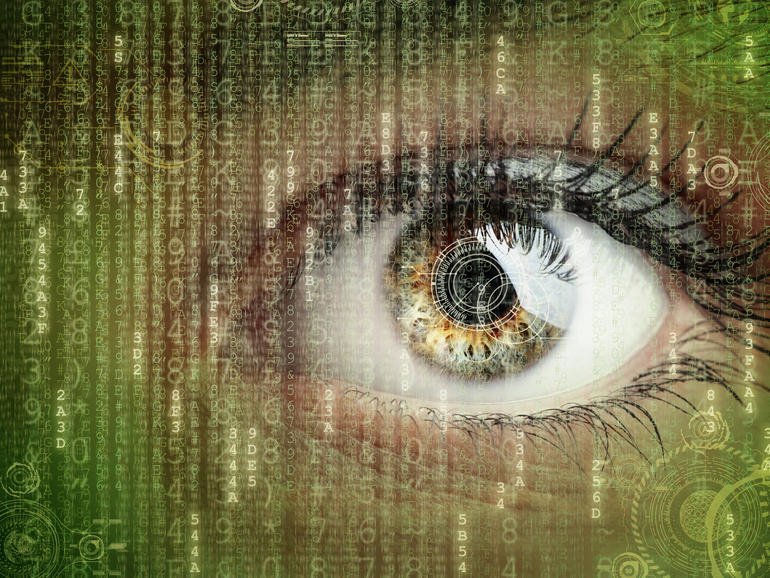School Surveillance Tech Does More Harm Than Good

An ACLU report has found that despite claims from companies, surveillance technology in US schools does not improve student safety and constant surveillance can, in fact, cause a number of harms to students including making students less likely to report dangerous behavior.
Schools typically use technologies such as cameras, facial recognition software and communication monitoring and filtering technology, which have been marketed by education technology surveillance companies as intervention tools against school shootings, suicides and bullying. In 2021, US schools and colleges spent $3.1bn on these products and this number is expected to grow by 8% every year, according to the report.
But the ACLU’s report concludes that there is little to no independent research or evidence that supports that this technology works. Surveillance tech companies say their technology can and has been effective at preventing conflict, violence abuse and self-harm.
Gaggle, for example, a company that provides surveillance technology and software for kindergarten through 12-grade schools, claims their products are effective at “preventing suicides”, “preventing school violence” and “limiting bullying and harassing”.
Chad Marlow, a senior policy counsel for the ACLU’s national office and the report’s lead author, said that from a research standpoint, these claims are impossible to prove and are misleading to school officials and administrators. The report’s extensive review of tech companies’ websites and marketing materials showed that companies rarely provide any data to support claims around efficacy.
Outside of schools, research has shown that camera surveillance is largely ineffective as a crime deterrent. In the last two decades, eight out of the ten most deadly school shootings took place in schools with surveillance video cameras, according to the report.
Although school shootings and suicides are rare events, they are every parent’s worst nightmare and the fear is very real, Marlow said. That makes these products easy to sell and market to schools, according to Marlow.
“They [consumers] want the products to work,” Marlow said. “You’re kind of selling people on their hopes and fears rather than reality.”
A second key finding in the ACLU’s report is that school surveillance has a clear negative effect on student’s mental health and can be especially harmful for historically marginalized and under-resourced students.
The ACLU commissioned YouGov to complete a national survey on student’s perceptions towards surveillance tech in their schools. More than 500 students ages 14-18 were asked about their experience in school regarding this technology and almost one-third of students reported this technology makes them feel like they are always being watched.
When it comes to education technology surveillance in their schools, students reported heightened anxiety, unease and fear. Students also reported a degraded level of trust towards their teachers and school administrators. An analysis of plots against schools conducted by the United States Secret Service showed that students themselves often play an important role in reporting dangerous or self-harm behavior and plots to staff.
“It’s going to make it less likely that students are going to reach out for help,” said Amelia Vance, the president of the Public Interest Privacy Center. This constant monitoring has a demonstrated chilling effect on students and makes it less likely that they will seek the sometimes life saving help they and other students need, Vance said.
The ACLU report also offers recommendations to school districts and state level decision-makers about which tools are proven to work. These tools include mental health counselors, guidance counselors, hall monitors, doors that lock from the inside and other proven techniques that benefit student safety.
“I think the problem is much of what we’re doing when it comes to student surveillance technology only makes us feel safer,” Marlow said. “But it doesn’t actually make the kids any safer … and it’s hurting our kids in the process.”
READ MORE HERE



